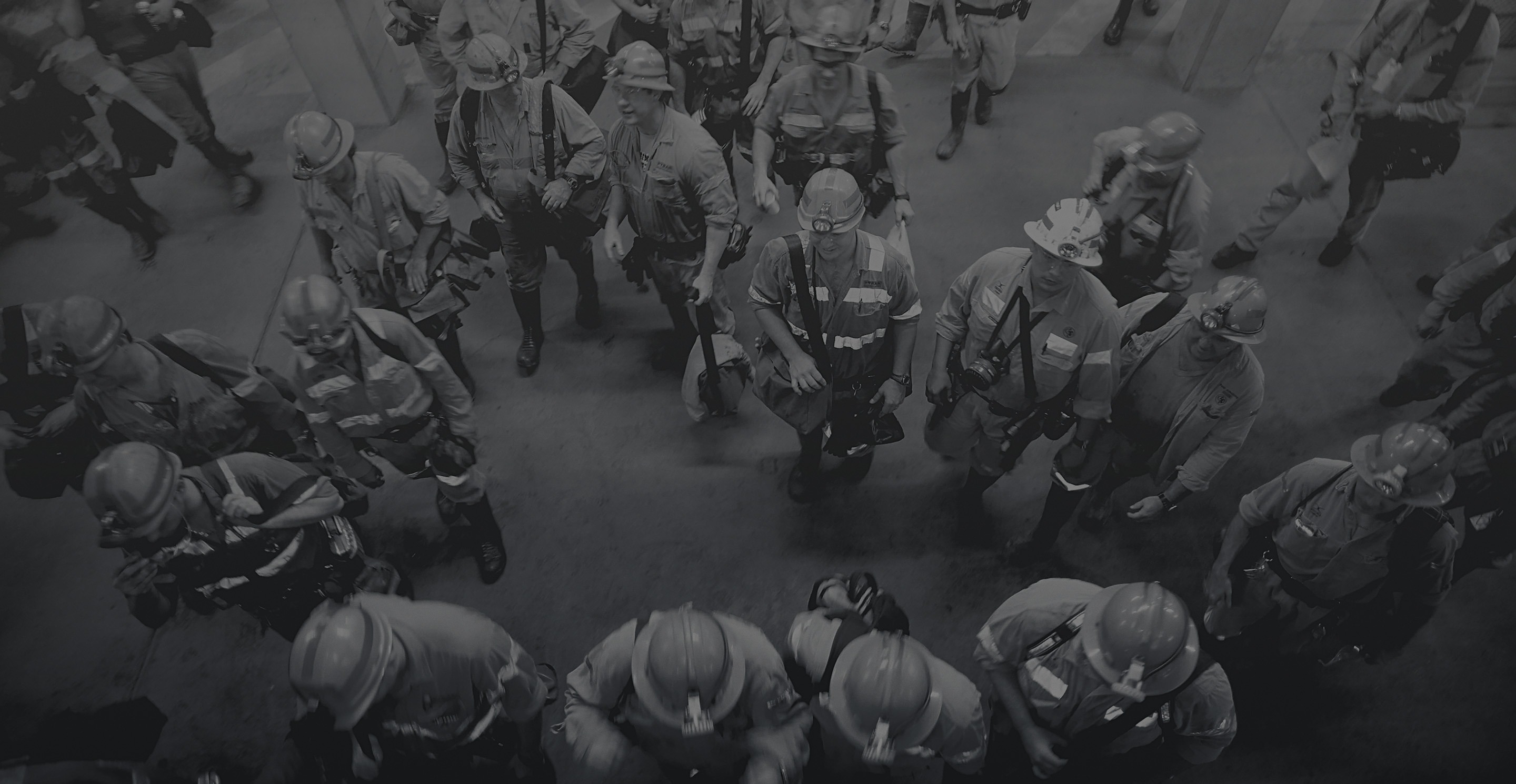As a leader you may be familiar with the concept of a Leadership Shadow – the shadow that we metaphorically cast as leaders across our teams and peers. Our shadow is not a bad thing per se, it simply is. It is the product of our actions, our simple being as a leader. And like a real shadow, the leadership shadow fades over time; when the leader moves on or as followers step out of our shadow to cast their own.
Beyond the life of the leadership shadow is something more enduring – our leadership legacy. Like the shadow, we all have a legacy, whether we want to or not. The strength of that legacy is up to us, as is the type of legacy that we leave.
One of my favourite questions to clients and in workshops is: “What Legacy will you leave?”, followed up by “Is that the Legacy you want to leave?”
By legacy we’re not talking about physical manifestations of our leadership (although that might be the case), nor are we talking about grand gestures or monuments (although some leaders do leave these too) – the legacy we all leave is the impression we leave with our teams, our followers.
Typically, and for ease of understanding, legacy can fall into three broad categories (and probably any combination of these too!).
“Thank goodness she’s gone! We can finally breathe!”
This first legacy is that of the ‘strong’ leader, intent on exercising their power and commanding their teams in a very direct or controlling way. The controlling leader may or may not even realise that they are doing this – to them it most likely seems like the best way to lead; perhaps the ONLY way to lead. For the controlling leader, nothing is ever done right, and more often than not it needs to be reworked by the over stretched, stressed and harried leader.
These can be exhausting leaders to be around. They tend to be perfectionists, and impose this on their teams; the justification for this more often than not is that “I only expect of them what I expect of myself”.
What’s the impact of this after the leader has gone? Relief initially! More often than not, these leaders leave a legacy of what can be called the ‘Inverse Learning model of Leadership’ – they were a great example of everything NOT to do as a leader. However, human nature being what it is, it is more than likely that the controlling leader will also foster more controlling leaders. The risk is that followers need to be discerning and self-aware to ensure that they do not carry this legacy forward themselves.
“It is terrible that he’s gone – I have no idea what we will do without him!”
Initially this legacy may be seen as positive– the leader who is competent, controlled and ensures that their team is ‘protected’ from making decisions. However, in the absence of the leader, the team has no idea how to do anything! The leader has been so focussed on disempowering the team, so keen to remind that they must conform and defer decisions to him, they have zero innate capacity to carry on.
These leaders again feel that they are doing their best – they carry the burden of leadership to protect their team from the busyness of work. They alone need to make the decision; they see delegation not as empowerment, but as a burden to others. At the same time, they are pre-occupied with keeping the peace, avoiding conflict, and sticking to the rules.
As a consequence, the team may well be a nice place to be. But it is certainly not a high performing team; it’s also not likely to be particularly productive or efficient. Everyone’s busy being too damn nice to each other!
The legacy is one of conflict avoidance, and disempowerment. Once the leader moves on, the team has no idea how to step up, making transition periods unnecessarily difficult. How on earth can anyone transition into a leadership role, if the leader was too busy protecting everyone else from the burdens of leadership? As a result, this leader has likely not taught their team anything constructive.
“I’m going to miss her, but she really set us up for success”
Following on from John Maxwell’s philosophy, the primary job of a leader is to do themselves out of a job – if we are to succeed as leaders our role is to create more leaders in our place. The only way to do this is to engage with our teams at a level which allows them to develop through effort, failure and success in a controlled and constructive environment. We should not protect our teams from all difficulties, but work through the challenges together so that when we are gone the team will be able to step up and carry on.
The leader who actively engages their team in leadership development will ensure that when they are gone, the team will carry on without them, perhaps even better than before! This can be challenging; we want our teams to do well, but we also see ourselves as part of that picture.
But here’s the rub about Legacy – if you do it right, you are part of the team’s ongoing success. Even after you’ve gone. The leader who focuses on engaging and developing their team ensures their future success, leaving a rich legacy behind them. Hopefully we’ve all experienced a leader like this at least once in our life. The one from whom we’ve learned so much that they live on with us and help shape our own legacy.
The question now is, What’s your legacy and is it the one that you want to leave?








